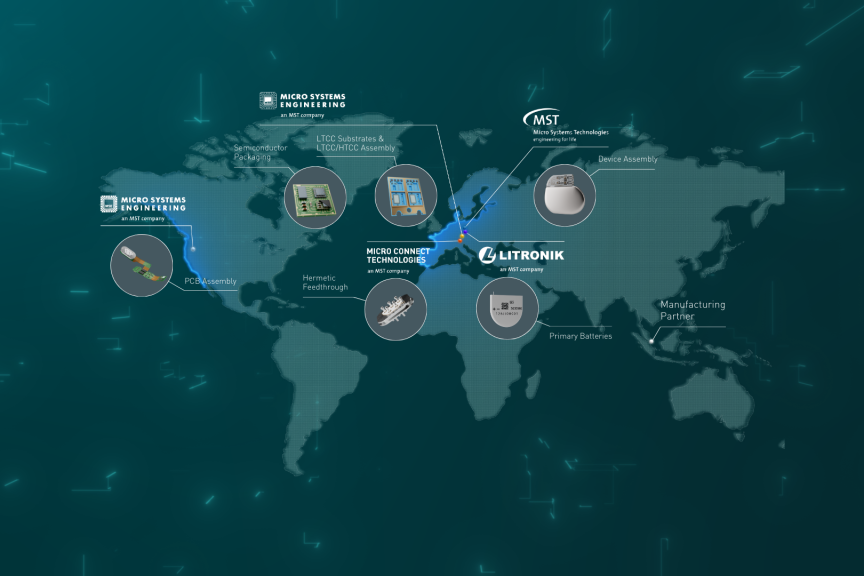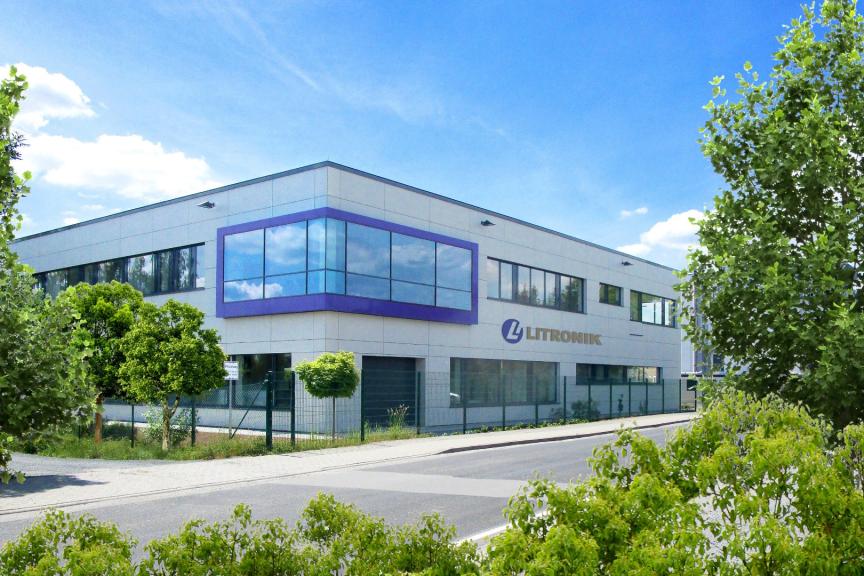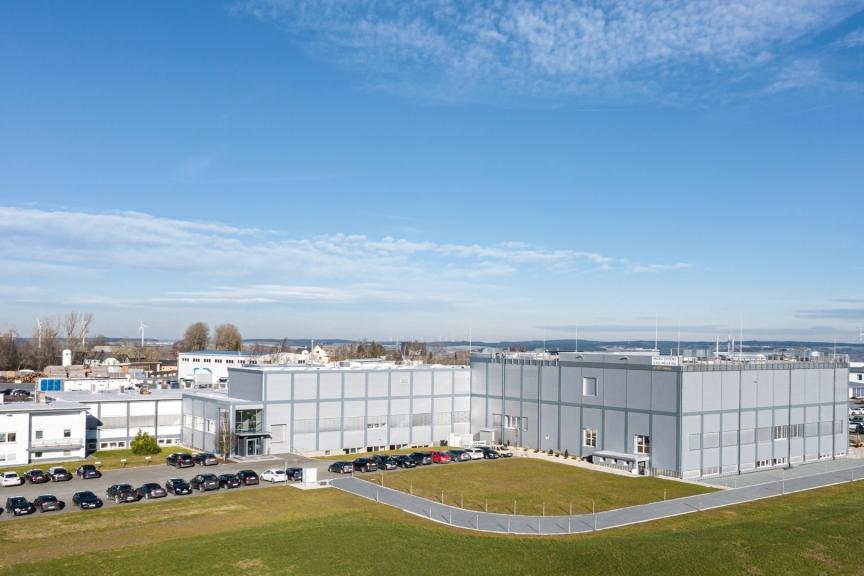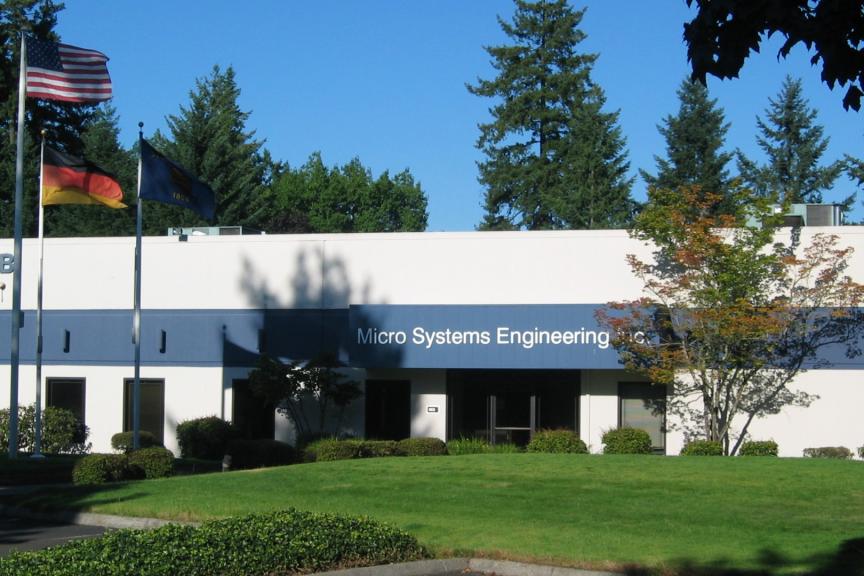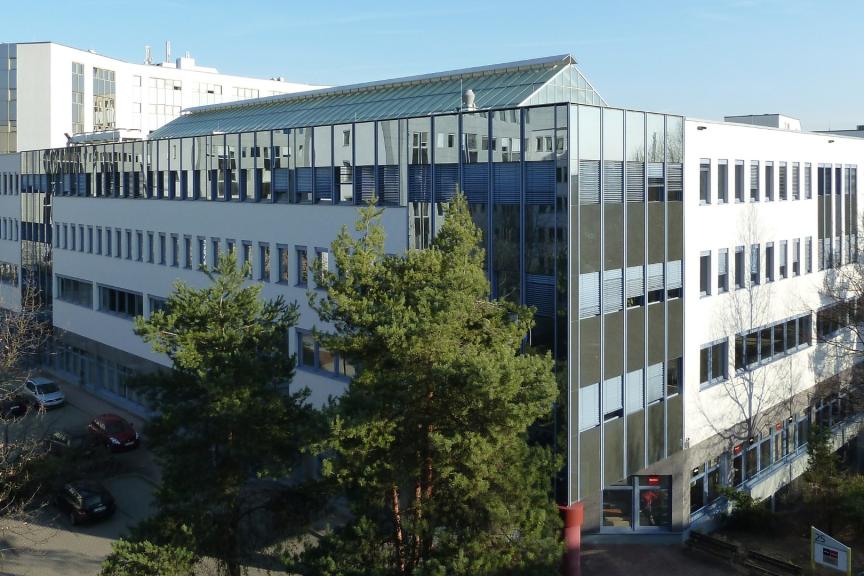Your Trusted Partner in Microelectronics
MST has extensive experience in the microelectronics industry and is dedicated to transforming innovative concepts into market-leading products. Our team of expert engineers combines technical excellence with a deep commitment to customer service, ensuring a thorough understanding of your unique needs. We take pride in our customer-focused approach, delivering tailored solutions that drive success. Across our group, each company specializes in its field, working collaboratively to develop the best possible solutions for our customers. By leveraging state-of-the-art technologies, advanced manufacturing processes, and ongoing innovation, we facilitate the rapid deployment of high-performance, reliable products in the market.
From conceptualization to production, MST is your trusted partner for precision, quality, and excellence in the field of microelectronics.
